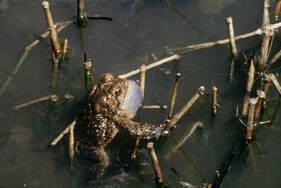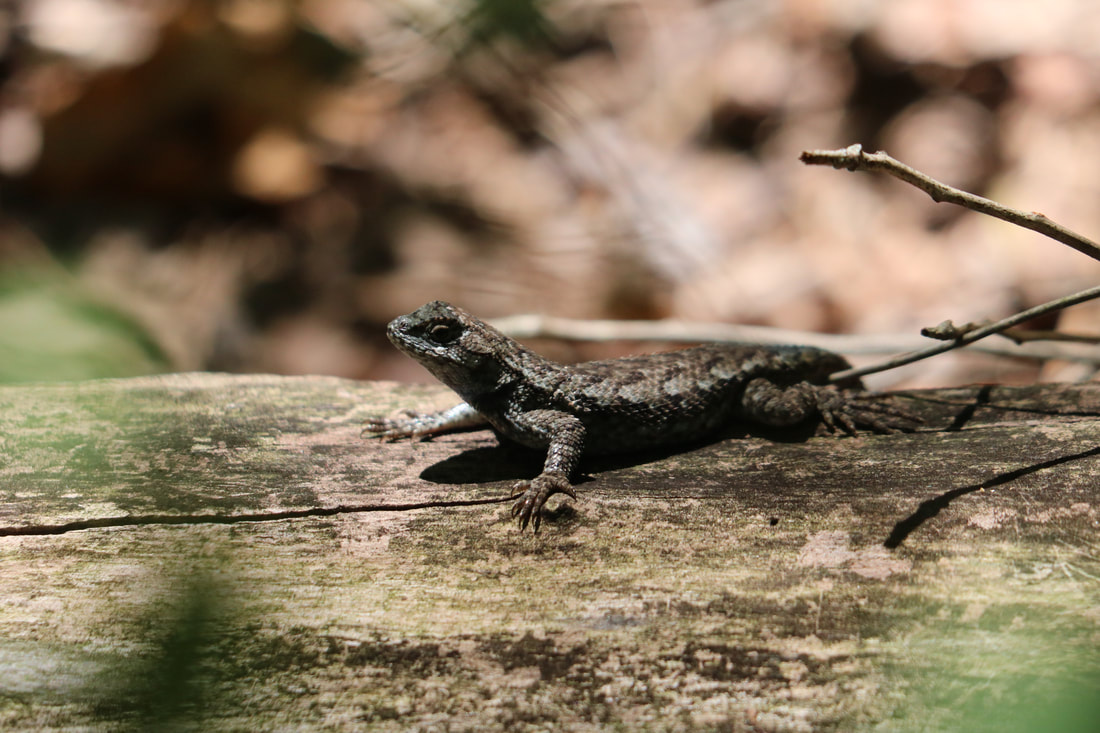
Nickajack Cave Wildlife Refuge | Tennessee River Valley (tennesseerivervalleygeotourism.org)
Here is a link to the video of boating at Nickajack Cave.
Outdoor Chattanooga | Nickajack Cave Wildlife Refuge - YouTube
Animals that Glow
You are probably familiar with our local Lampyrid beetles that flash their lights on summer nights. They are commonly known as lightning bugs or fireflies, but they are neither bugs nor flies. They are beetles, scientifically Coleoptera, and, more specifically, the family Lampyridae.
The Encyclopedia Britannica has an extensive article about organisms that glow. Scientists call this phenomenon Bioluminescence: bioluminescence | Causes, Examples, & Facts | Britannica
The National Science Foundation has an article about fungi that glow A Thousand Points of Light: Bioluminescent Fungi | NSF - National Science Foundation
If you have never seen a bioluminescent tide, please visit an ocean. The tiny Dinoflagellates put on quite a show. Bioluminescent Tide: What makes the ocean glow • Earth.com
Some jellyfish and many of the stingless comb jellies glow as well. The Tennessee Aquarium once had a small display of comb jellies, which may still be there. This link will take you to a fairly technical article about comb jellies. Ctenophores - some notes from an expert (washington.edu)
Nighttime Insects
As spring approaches, you may want to try learning more about moths. Here is a video on attracting moths Black lighting for Moths Day 1 [ National Moth Week ] – YouTube
Katydids sing late into fall evenings, and I have always enjoyed their chorus. Here is a seasonal article. Katydids - The Daily Garden Count the number of chirps in 15 seconds and add 40 for a rough estimate of the temperature.
Amphibian Voices
The Tennessee Wildlife Resource Agency has an excellent web page with photos of the many species of Tennessee frogs. You will see a species account if you click on an individual image. Frogs and Toads in Tennessee | State of Tennessee, Wildlife Resources Agency (tn.gov)
You can also identify frogs by their calls. Go to the LEAPS website and click on the word “call” for a recording. Identify by Sound (leaps.ms)
Active at Dusk and Dawn
Crepuscular animals are active during the twilight hours of dusk and dawn. This website has an illustrated list of some of them.
Crepuscular animals (animalia.bio)
Night Sky Resources
The StarDate Podcast and web page is a friendly resource even for beginners. StarDate Online | Your guide to the universe
For more resources, check out the Earth and Sky podcast and web page Tonight | EarthSky
Pictures within pictures. Asterism (astronomy) - Wikipedia
- There are eighty-eight official constellations.
- The Big Dipper is not a constellation.
- It is an Asterism – a picture within a picture.
- It lies within the constellation Ursa Major.
- The Little Dipper is an asterism within Ursa Minor.
- The Pleiades is an asterism within Taurus.
- The Hyades is also an asterism within Taurus.
- The variable star Algol is an Asterism within Perseus.
- Orion Constellation Image Orion Csillagkép Pictures (eu5.org)
- Follow the line of Orion’s belt upward to Aldebaran and the Pleiades.
- In Japanese folklore, the Pleiades are Subaru, a fishing net. A group of stars appears on the Subaru automotive logo.
- Follow the line down to Sirius, the bright star in Canis Major.
- Many cultures see a hero in the constellation Orion/
- Some cultures see Orion as a butterfly.
- Others see the three stars in the belt as a bridge.
- Orion is the mighty hunter, and the Scorpion is his nemesis. They are never in the sky at the same time.
- Stellar Enemies | StarDate Online

 RSS Feed
RSS Feed